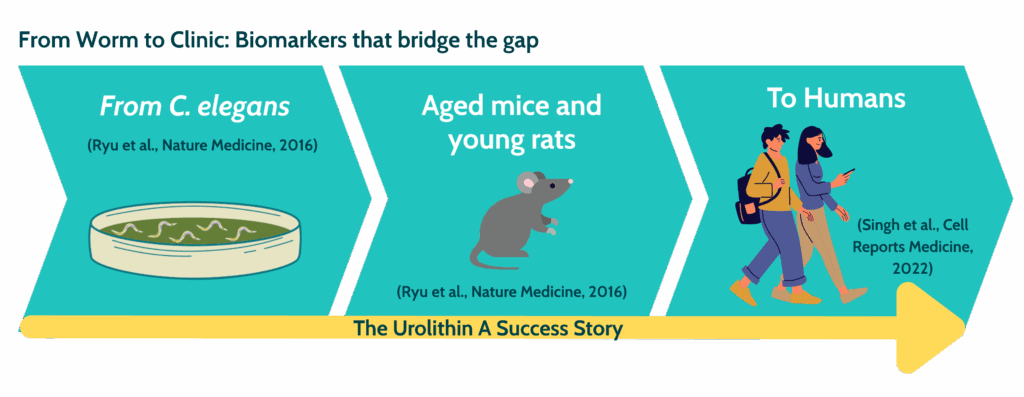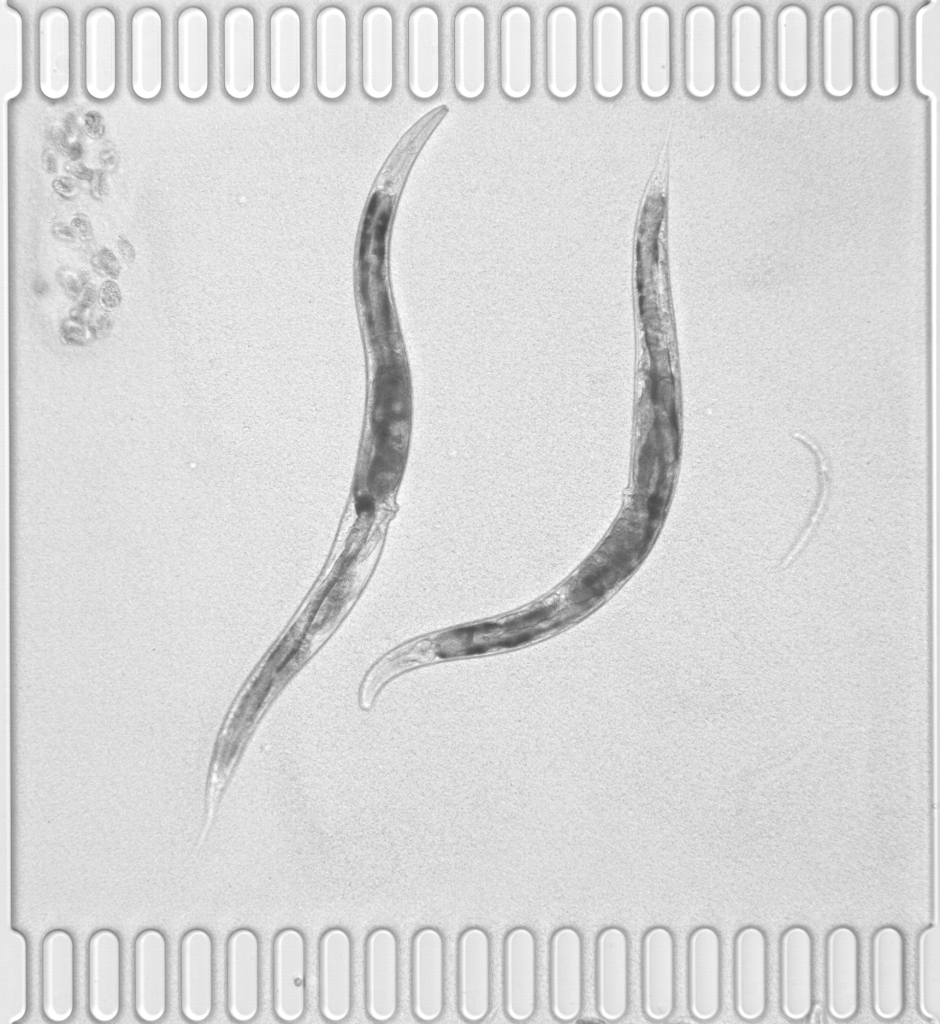3 Ways C. elegans data supports early-stage biotech R&D
In the race to develop effective therapeutics that target aging and age-related diseases, early-stage biotech companies are under constant pressure to deliver reliable data — quickly and cost-effectively. One of the most powerful tools for preclinical discovery in this space remains surprisingly small: Caenorhabditis elegans (C. elegans).
With its short lifespan, genetic tractability, and conserved molecular pathways, C. elegans continues to be a cornerstone model organism for understanding the biology of aging. But beyond academic interest, how exactly does C. elegans data help biotech companies de-risk and accelerate R&D?
Here are three key ways:
1. Rapid, high-throughput phenotyping for compound screening
Early-stage companies often need to evaluate large compound libraries without the cost and time commitment of rodent models. C. elegans offers a highly efficient platform for high-throughput screening of small molecules, peptides, or natural compounds.
- Lifespan and healthspan assays can be run within days to weeks.
- Automated platforms now enable quantitative phenotyping of movement, reproduction, stress resistance, and more.
- Hits identified in C. elegans often map to conserved aging pathways (e.g., insulin/IGF-1 signaling, mTOR), offering a strong biological rationale for follow-up.
→ Key R&D Advantage: Rapid generation of functional data to prioritize leads early in the pipeline.

2. Mechanistic validation using conserved pathways
With a fully sequenced genome and well-established genetic tools (e.g., RNAi, CRISPR, fluorescent reporters), C. elegans allows researchers to test the mechanistic action of candidate compounds in vivo.
- Does your compound extend lifespan by modulating autophagy, proteostasis, or mitochondrial function?
- Are effects DAF-16/FOXO or SKN-1/NRF2 dependent?
- What happens under oxidative or thermal stress conditions?
Mechanistic studies in C. elegans help build a preclinical story grounded in conserved biology, strengthening both IP claims and investor confidence.
→ Key R&D Advantage: Early in vivo functional validation of targets and mechanisms, reducing risk before mammalian studies.
3. Biomarker discovery for translational research
C. elegans is increasingly used to identify molecular and phenotypic biomarkers of aging and stress resilience. These include:
- Gene expression signatures linked to healthspan improvements.
- Behavioral or metabolic readouts as early indicators of aging.
- Epigenetic and proteomic profiles that correlate with intervention efficacy.
These biomarkers are valuable not just for preclinical assessment, but also for guiding translational strategies in human studies. Data from C. elegans can inform the design of biomarker panels, endpoint selection, and even clinical hypotheses.
→ Key R&D Advantage: Early access to predictive biomarkers that support go/no-go decisions and regulatory planning.

Unlock the power of C. elegans
For biotechs working in the aging and longevity space, C. elegans offers a uniquely powerful platform to generate early insights, validate targets, and move promising candidates down the pipeline with greater confidence.
At Nagi Bioscience, we specialize in helping R&D teams harness the full potential of C. elegans models.

Whether you’re screening for novel geroprotectors or refining your mechanism-of-action story, our custom assays and data services are designed to fit your workflow and accelerate your progress.